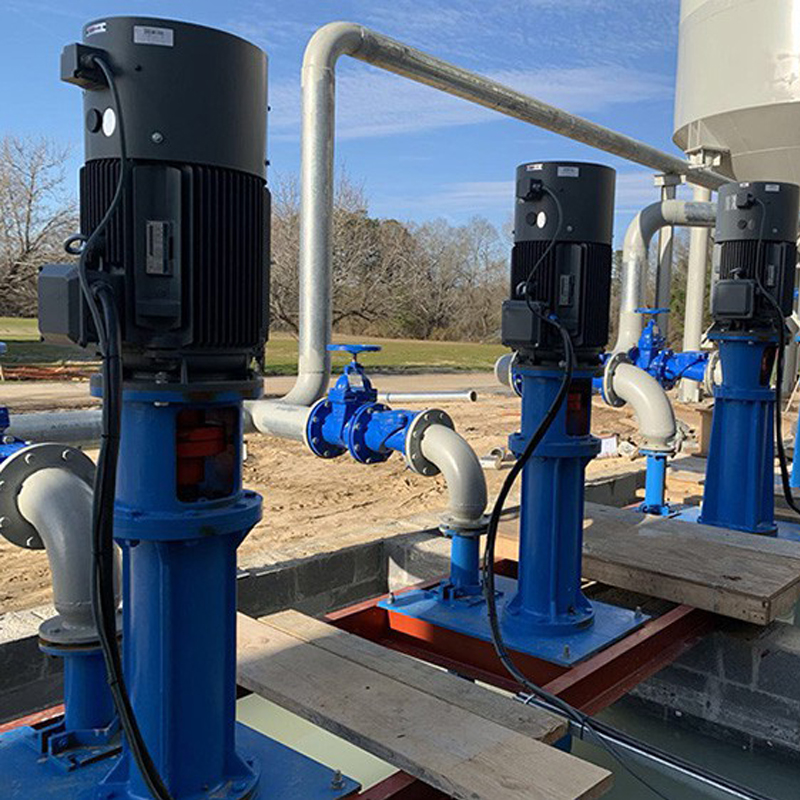English
- Afrikaans
- Albanian
- Amharic
- Arabic
- Armenian
- Azerbaijani
- Basque
- Belarusian
- Bengali
- Bosnian
- Bulgarian
- Catalan
- Cebuano
- Corsican
- Croatian
- Czech
- Danish
- Dutch
- English
- Esperanto
- Estonian
- Finnish
- French
- Frisian
- Galician
- Georgian
- German
- Greek
- Gujarati
- Haitian Creole
- hausa
- hawaiian
- Hebrew
- Hindi
- Miao
- Hungarian
- Icelandic
- igbo
- Indonesian
- irish
- Italian
- Japanese
- Javanese
- Kannada
- kazakh
- Khmer
- Rwandese
- Korean
- Kurdish
- Kyrgyz
- Lao
- Latin
- Latvian
- Lithuanian
- Luxembourgish
- Macedonian
- Malgashi
- Malay
- Malayalam
- Maltese
- Maori
- Marathi
- Mongolian
- Myanmar
- Nepali
- Norwegian
- Norwegian
- Occitan
- Pashto
- Persian
- Polish
- Portuguese
- Punjabi
- Romanian
- Russian
- Samoan
- Scottish Gaelic
- Serbian
- Sesotho
- Shona
- Sindhi
- Sinhala
- Slovak
- Slovenian
- Somali
- Spanish
- Sundanese
- Swahili
- Swedish
- Tagalog
- Tajik
- Tamil
- Tatar
- Telugu
- Thai
- Turkish
- Turkmen
- Ukrainian
- Urdu
- Uighur
- Uzbek
- Vietnamese
- Welsh
- Bantu
- Yiddish
- Yoruba
- Zulu
Telephone: +86 13120555503
Email: frank@cypump.com
Nov . 21, 2024 12:45 Back to list
pump slurry
Understanding Pump Slurry Principles and Applications
Pump slurry is a crucial topic in various industries, especially in mining, construction, and waste management. Slurry, which is a mixture of solid particles and liquid, is often produced during the extraction and processing of minerals, as well as in many civil engineering projects. Proper management and transport of slurry are vital to ensure efficient operations and environmental safety.
What is Slurry?
Slurry consists of particles suspended in a liquid medium, usually water, but it can also involve other fluids. The concentration of solids in a slurry can vary widely, depending on the application. In mining operations, for example, it may contain fine particles extracted from ore, while in construction, it might be composed of cement and aggregates mixed with water.
One of the biggest challenges in dealing with slurries is the potential for settling and separation, where the solid particles settle at the bottom, leading to blockages and reduced efficiency in pumping systems. To counteract this, it is essential to understand the properties of the slurry, including its density, viscosity, and flow behavior. These properties are influenced by factors such as particle size, shape, and concentration, which all play a critical role in determining the appropriate pumping methodology.
Types of Slurry Pumps
There are several types of pumps designed specifically for handling slurry. The two most common types are centrifugal pumps and positive displacement pumps.
1. Centrifugal Pumps These pumps operate by converting kinetic energy to hydrostatic energy, making them suitable for lower viscosity slurries. Centrifugal pumps are ideal for transporting large volumes of fluid at a steady rate but can struggle with the higher solid concentrations often found in slurries.
2. Positive Displacement Pumps These pumps work by capturing a fixed amount of fluid in a chamber and then forcing it out, making them well-suited for high viscosity slurries and those containing larger solid particles. They provide a consistent flow rate regardless of the pressure in the system, which is critical for efficient slurry transport.
pump slurry

Importance of Proper Pump Selection
Selecting the right pump for a slurry application involves considering various factors, including the nature of the slurry, the required flow rate, and the distance the slurry needs to be transported. Incorrect pump selection can lead to operational issues such as excessive wear, decreased efficiency, and increased maintenance costs.
For instance, abrasive slurries, which contain sharp particles, can quickly wear down pump parts if the wrong type of pump is used. Therefore, heavy-duty materials and design features that can withstand wear should be prioritized.
Environmental Considerations
Pumping slurry effectively also has significant environmental implications. In many cases, improper handling of slurry can lead to spills and contamination of surrounding areas. Sustainable practices should be adopted to minimize the environmental impact, such as using closed-loop systems and recycling water used in the slurry.
Additionally, operators must comply with regulatory standards regarding the disposal of slurry waste. Proper treatment and management are essential to avoid potential environmental disasters that can arise from negligence.
Conclusion
In conclusion, understanding pump slurry is essential for a wide range of industries that deal with the transportation of liquid-solid mixtures. Effective management and appropriate technology selection can lead to enhanced operational efficiency, reduced costs, and minimal environmental impact. Continuous advancements in pump technology and a deeper understanding of slurry properties will help industries optimize their processes and address the challenges associated with handling slurries.
-
ISG Series Vertical Pipeline Pump - Chi Yuan Pumps | Advanced Engineering&Industrial Efficiency
NewsJul.30,2025
-
ISG Series Pipeline Pump - Chi Yuan Pumps | High Efficiency, Energy Saving
NewsJul.30,2025
-
ISG Series Vertical Pipeline Pump-Chi Yuan Pumps|High Efficiency&Reliable Performance
NewsJul.29,2025
-
ISG Series Vertical Pipeline Pump|High Efficiency&Low Noise
NewsJul.29,2025
-
ISG Series Vertical Pipeline Pump - Chi Yuan Pumps Co., LTD.|High Efficiency, Energy Conservation, Low Noise
NewsJul.29,2025
-
ISG Series Vertical Pipeline Pump-Chi Yuan Pumps Co., LTD.|High Efficiency&Energy-Saving
NewsJul.29,2025










